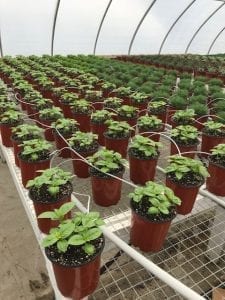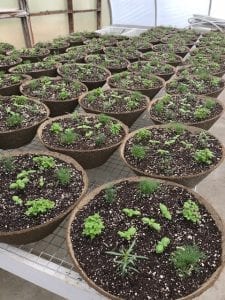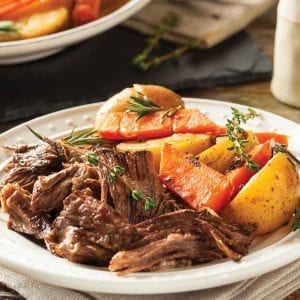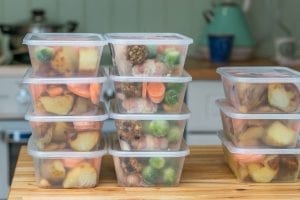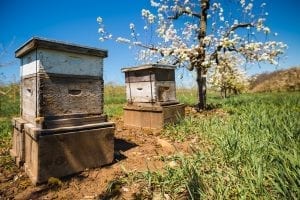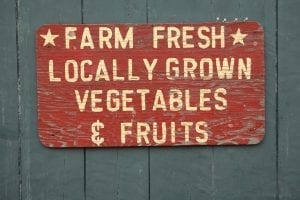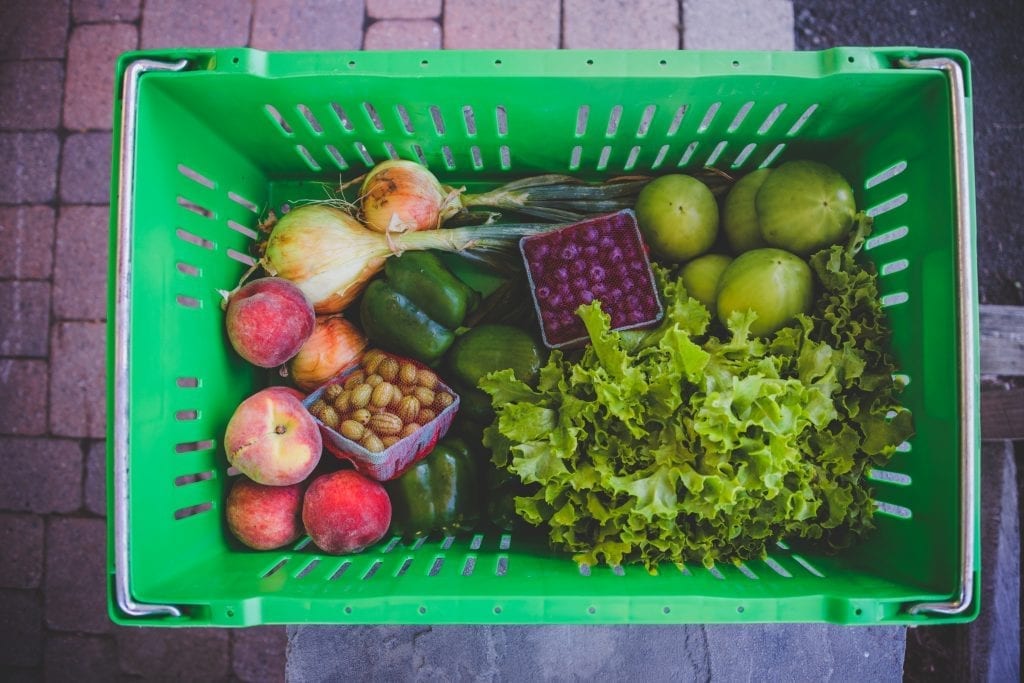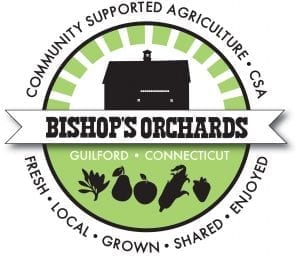Well, it’s almost May. That not only means spring, warmer weather, and less snow (hopefully), but also the start of Asparagus season here at Bishop’s Orchards! Besides our potted herbs, it’s the first crop that becomes available to purchase in the farm market, straight from our fields. Man, is it a crowd pleaser. Why so popular you might ask? Well not only is our Asparagus farm fresh and grown right here in Guilford, CT, but asparagus is low in fat and calories, making it a perfect go to if you want to make the switch to a healthier diet. It’s even high in fiber, has tons of antioxidants, and contains both Vitamin E and K.
While it’s still a little early for the Asparagus, it’s going to be popping out of the ground before we know it. Since the season doesn’t last very long (beginning of June tops), it is best to be prepared for when it finally hits the shelves. Now is the time to start figuring out what you’re going to make with it – especially for those kiddos because let’s face it, it’s a green vegetable and to them, nothing is less appealing. We are here to help you get past the hurdle and make something that’s tasty and nutritious for not only them, but for you as well! So, how do you get the kids to eat this ever so healthy green snack? Well lucky for you we have some delicious recipe ideas that are sure to please. Try them out and let us know what you think!

Are you looking for that perfect after school snack for the kids? Try out these bacon wrapped Asparagus!
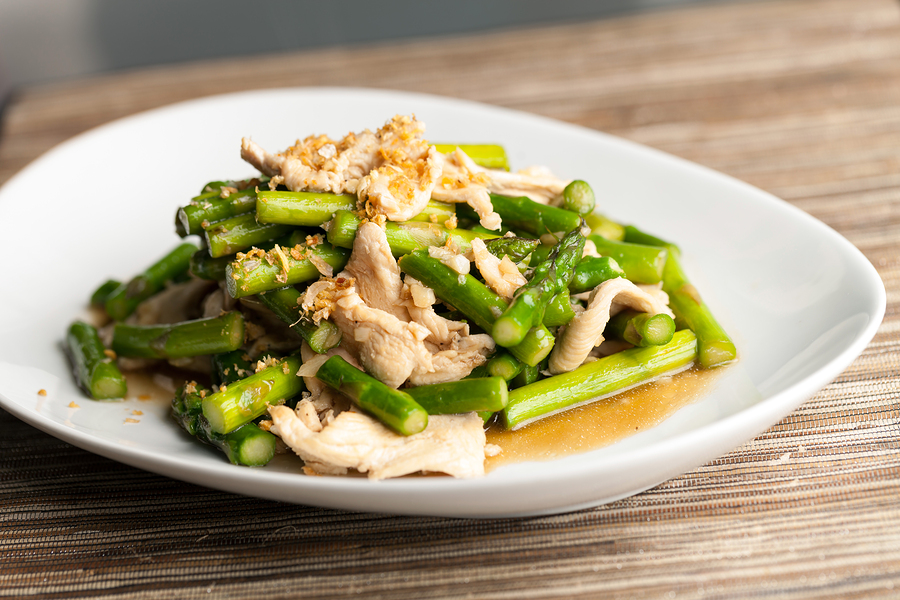
Change up your stir fry by adding in some Asparagus! Make it with chicken or add in other veggies for a healthy lunch or dinner option!
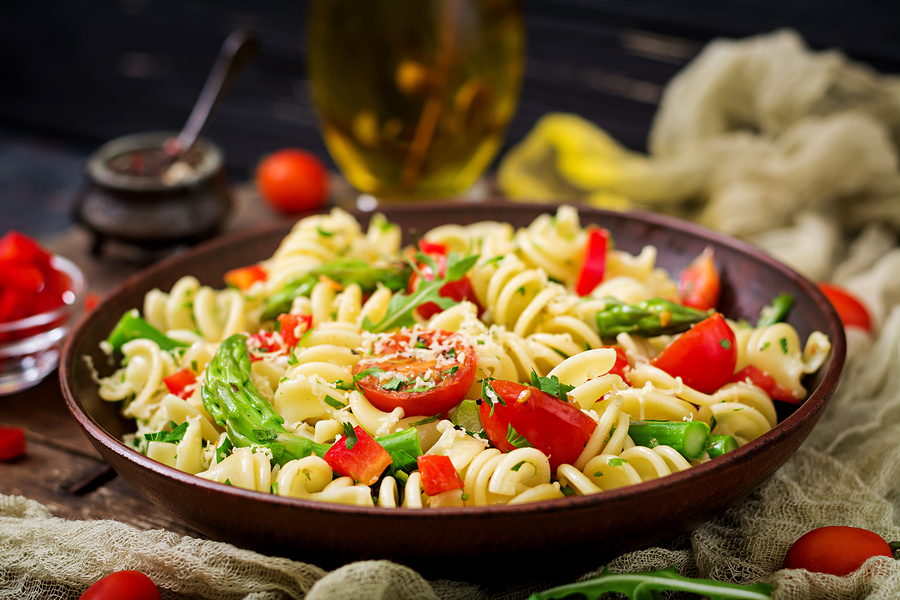
This asparagus pasta salad is the perfect summer picnic recipe. Make it as a side dish or eat it as a meal – it’s light and flavorful and easy to prepare!
You can always search for more recipes online at our Bishop’s Cookbook. Follow us on Facebook to see when our very own Asparagus will become available in the store to purchase! For more information, visit www.bishopsorchards.com or call 203-453-2338.
